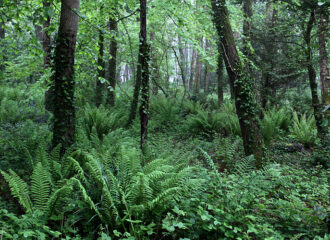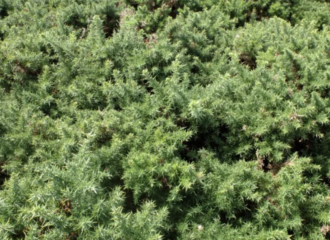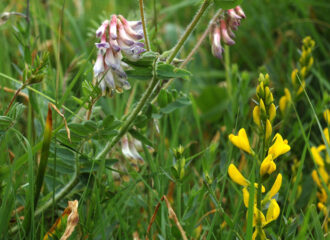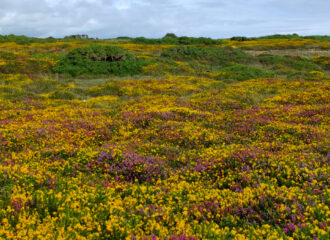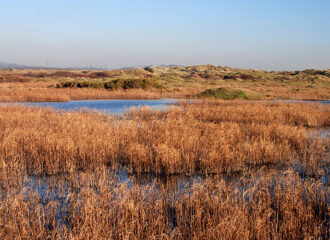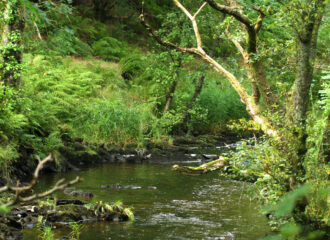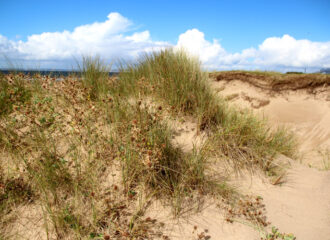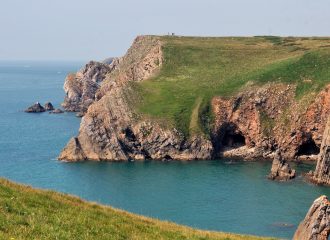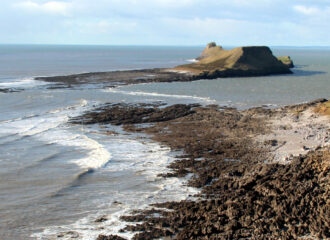The habitats in this section are considered to be ‘semi-natural’ as they are recognised as having been a part of the UK landscape for hundreds, if not thousands, of years and because they are typically, though not exclusively, dominated by species considered native to the UK. However, they invariably have a history of cultural management, with the possible exception of some cliff ledges – and even those will have been impacted indirectly by the actions of humans, i.e. through acid rain, atmospheric nitrogen depositions and climatic changes.
The biodiversity associated with these habitats will depend not only on the current management but also the historic management of the habitat. Therefore, irrespective of the current appearance of a wet grassland or heath, if it has been historically drained, systematically overgrazed and/or repeatedly burnt then, in all probability, the level of biodiversity associated with the habitat will be low. Furthermore, removing management from land that has been managed sympathetically for biodiversity, whether deliberately or inadvertently, will often result in significant declines in biodiversity. As such, management changes should be made only after taking a wider strategic view of the consequences for the species associated with current habitat or habitat state.


